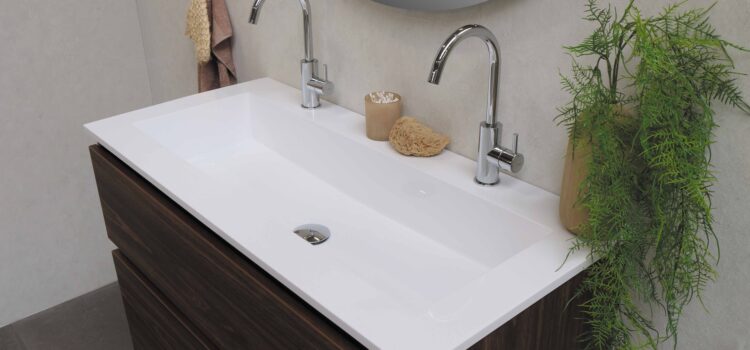

This article is an excerpt from the Shortform book guide to "The Design of Everyday Things" by Don Norman. Shortform has the world's best summaries and analyses of books you should be reading.
Like this article? Sign up for a free trial here .
What can faucet design tell us about design thinking? What kinds of faucets are out there?
Faucet design is part of our everyday life, and it can be frustrating to encounter a faucet that doesn’t work. There are many effective faucet designs, which also shows how varied effective design can be.
Read more about faucet design and what it can tell us about design overall.
Faucet Design
You’ve probably encountered a faucet that didn’t immediately work the way you expected it to. Maybe the hot and cold taps were switched, or the drain mechanism had no visible controls, or the knobs looked like they should be twisted when in reality they needed to be pushed. Nearly every residential and commercial building has at least one faucet, so why haven’t we found a universal standard that gets it right?
The most basic purpose of a faucet is to allow the user to control both temperature and flow rate of the water. Controlling flow rate is relatively simple, but temperature control involves two separate pipes (one for hot water, one for cold). So the user has just two needs, but the design of the plumbing system requires three separate operations to control flow rate, hot water, and cold water. Designing a control that makes it easy and intuitive to meet two separate goals through three separate requirements is more difficult than it seems.
There are many ways to address this problem, which is why we encounter so many different faucet designs on a regular basis. Almost all of these designs will have either one or two controls.
- Possible solutions with one control:
- Control only temperature, keeping flow rate constant.
- Control only flow rate, keeping temperature constant.
- Control only on/off, keeping both temperature and flow rate constant (as in the case of automatic faucet designs).
- One integrated for both temperature and flow rate (for example, a knob that controls temperature when twisted left or right, and flow rate when pushed in or pulled out).
- Possible solutions with two controls:
- One control for hot water, one for cold (flow rate is controlled by the degree to which each tap is opened).
- One control for temperature, one for flow rate.
The fact that there are fewer controls than necessary functions puts the burden on the user to figure out which control does what. For example, for designs with one control for hot water and one for cold, how do you know which is which, and how do you know how to turn each control on or off?
Cultural conventions can be helpful here—in most of the world, the left control is for hot water, the right is for cold. In the United States and the United Kingdom, though, this rule is considered more of a loose guideline at best.
The design of the handle also presents a problem. For knobs that need to be twisted, we have another convention to help: Any mechanism with a screw thread is tightened by turning clockwise and loosened by turning counterclockwise. We intuitively think of knobs as screwed-on caps blocking water from flowing out of the pipe, so we understand that they need to be turned counterclockwise to open (unlike temperature controls, this is a universal convention).
But what about lever-style controls? Do we push away from us, since that is technically turning counterclockwise? Or do we pull toward us, envisioning the tap as a push/pull mechanism instead of a screw mechanism? If the levers work the same as knobs, pushing the right one away from us would increase flow rate, but doing the same on the left would decrease flow rate by turning the screw mechanism the opposite way.
Solutions where the left and right controls do different things when used the same way assume that we always use two hands to operate the controls. But what if you’re holding something in one arm, or otherwise have use of only one hand? In that situation, you now have to remember which control gets turned in which direction. The potential for error is high.
Designs with one control present similar problems. When one control is used for two separate functions, how do we know which does which? Does turning change the temperature, or the flow rate? If it’s temperature, does turning clockwise make it hotter or colder?
The fact that there are so many possible configurations for faucet controls means most of us resort to trial and error. While not ideal, this usually allows us to figure things out pretty quickly and go about our day. But when feedback is not immediate—when moving the control doesn’t create an immediate change in temperature or flow rate—we have no confirmation that the system registered our input, so we repeat it. This is a particular problem with shower controls, as the distance between the control and the faucet causes a slight delay in feedback (which is how we end up cranking the heat up in a freezing cold shower, only to be scalded moments later).
Faucet design can show how designs can vary and still be functional and successful.

———End of Preview———
Like what you just read? Read the rest of the world's best book summary and analysis of Don Norman's "The Design of Everyday Things" at Shortform .
Here's what you'll find in our full The Design of Everyday Things summary :
- How psychology plays a part in the design of objects you encounter daily
- Why pushing a door that was meant to be pulled isn't your fault
- How bad design leads to more human errors






